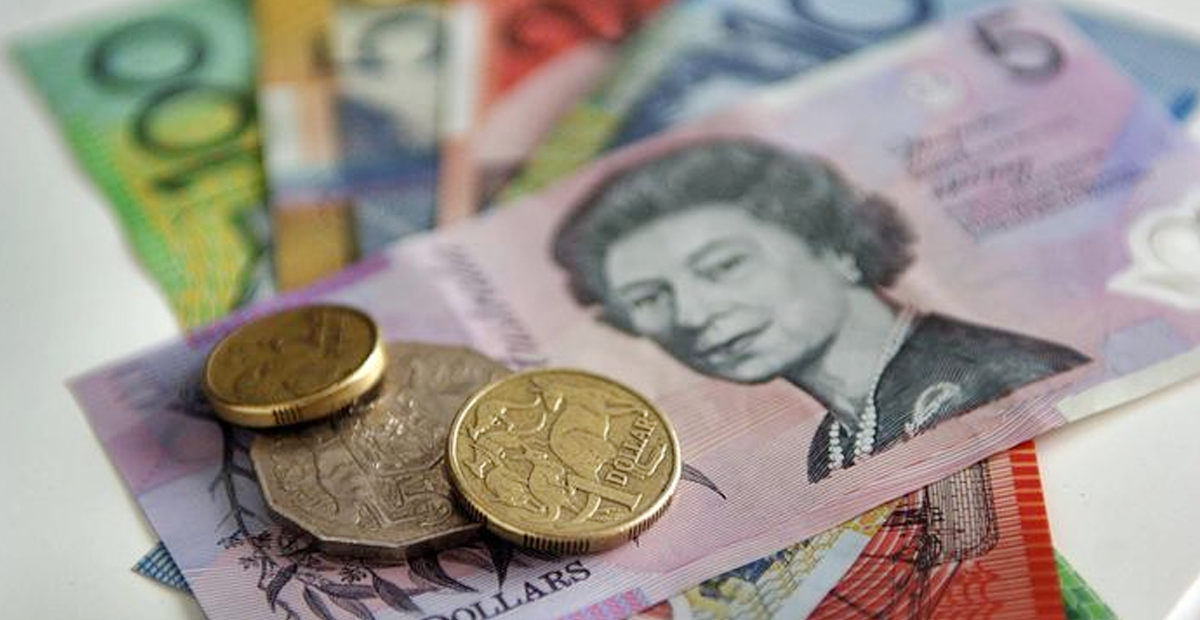Australian Dollar Dips Amid Renewed US Dollar Demand
On Thursday, the Australian Dollar (AUD) experienced losses, trading in negative territory. Despite this, the currency’s downside may be limited due to the hawkish stance taken by the Reserve Bank of Australia (RBA) during its June meeting earlier this week. The RBA’s firm approach suggests that they are not ready to ease monetary policy soon, which could provide some support for the AUD.
Contributing to the dynamics between the AUD and USD is the recent weaker-than-expected US Retail Sales data. This data has fueled speculation that the US Federal Reserve (Fed) might consider rate cuts later this year, potentially weakening the Greenback and benefiting the AUD/USD pair. The anticipation of lower US interest rates could create a supportive environment for the Australian Dollar, as investors might seek higher returns elsewhere.
However, the RBA’s statement also highlighted the uncertainties in the economic outlook. The central bank acknowledged that the journey to bring inflation down to its target would not be straightforward. This acknowledgment of economic challenges suggests that the RBA remains cautious about the future, which might temper some of the positive impacts on the AUD.
Traders are also closely watching the upcoming preliminary data for Australia’s Judo Bank Purchasing Managers Index (PMI) for May, set to be released on Friday. This PMI data will provide insights into the health of the Australian economy. Any indications of recovery or improvement in the PMI could influence the RBA’s decisions regarding future rate cuts. A stronger-than-expected PMI might prompt the RBA to hold off on reducing rates, which could, in turn, bolster the Australian Dollar against the US Dollar.
In summary, while the Australian Dollar faces some pressure, the RBA’s hawkish stance and the potential for US Fed rate cuts provide a mixed outlook. The upcoming PMI data will be crucial for traders, as it will offer further direction on the economic trajectory and the RBA’s monetary policy decisions. The interplay of these factors will continue to shape the AUD/USD pair’s performance in the near term.

.webp)




